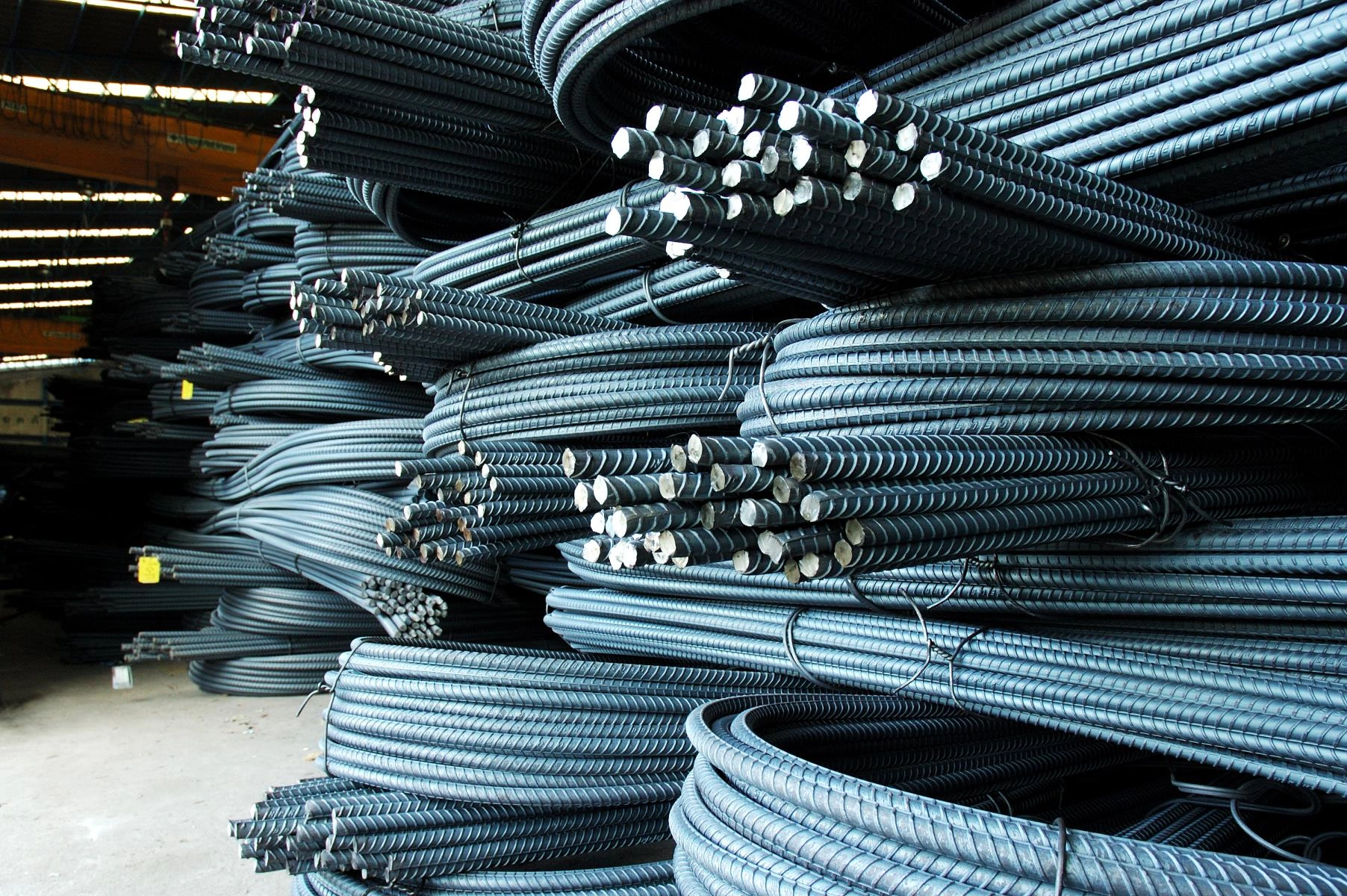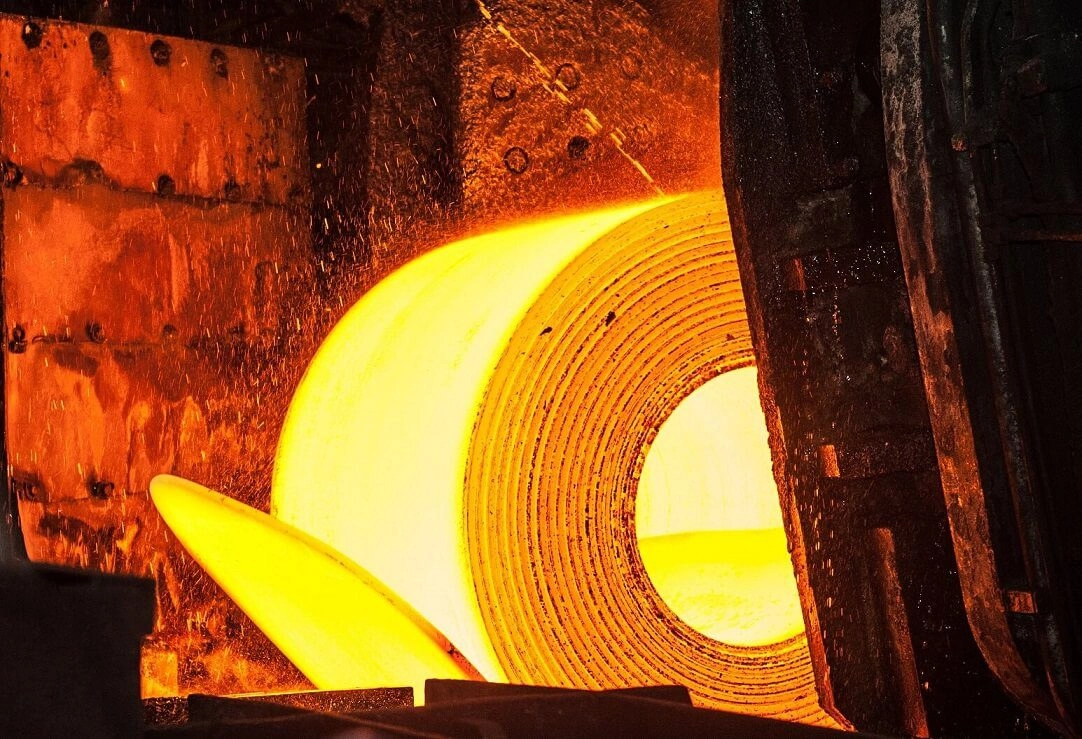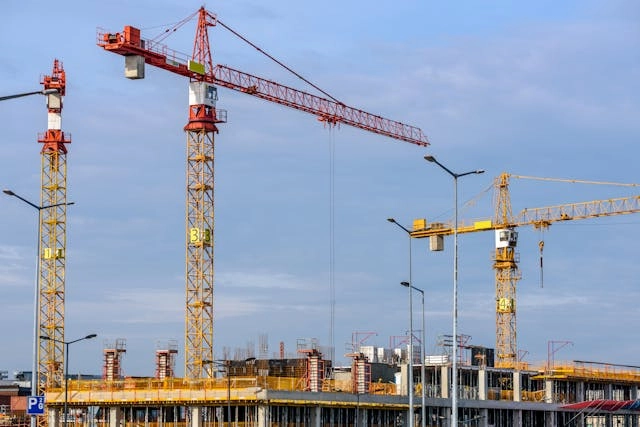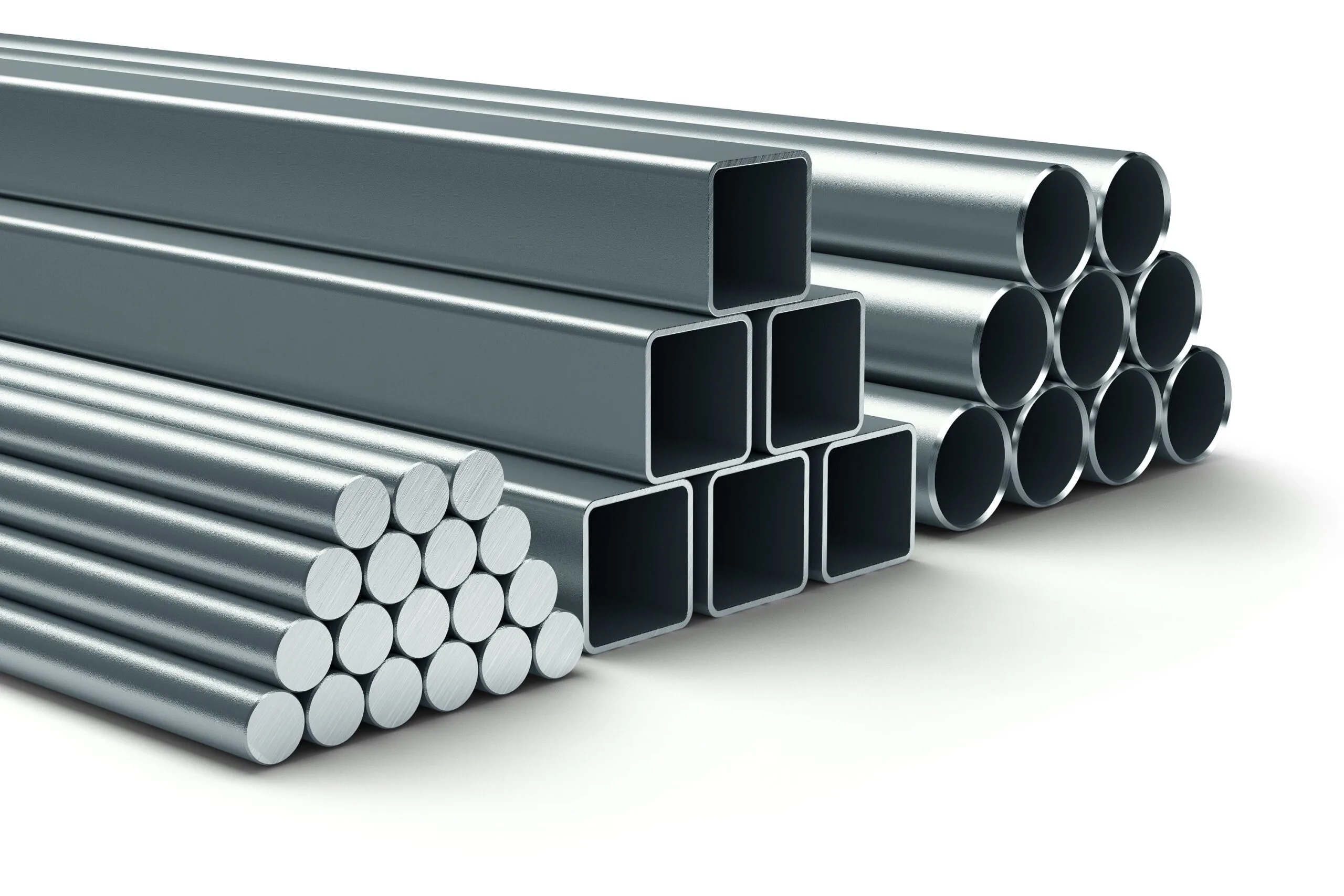Differences Between Stainless Steel and Iron
Stainless steel and iron are two important metal materials commonly used in industrial applications. While both contain the element iron, they have significant differences in their structural properties, uses, and durability. This article discusses the main differences between stainless steel and iron.
1. Chemical Composition Differences
Stainless steel primarily consists of iron (Fe), carbon (C), and chromium (Cr). The chromium content is typically 10.5% or higher, giving stainless steel high resistance to corrosion. The chromium in stainless steel forms a protective layer on its surface, preventing oxidation.
Iron, on the other hand, is mainly made up of pure iron with a very small amount of carbon. This low carbon content makes iron softer, but it leaves it vulnerable to rust. When exposed to air, water, or acidic substances, iron quickly oxidizes, leading to rust formation.
2. Durability and Resistance Differences
Stainless steel is highly durable and resistant to external factors. Due to the chromium content, stainless steel exhibits strong resistance to oxidation (rust). It is also resistant to high temperatures and chemical substances, which makes it widely used in industries such as food processing, medicine, construction, and automotive.
Iron, however, is prone to rust due to its lack of protection against oxidation. Therefore, when used outdoors or in humid environments, iron requires protective coatings to prevent rusting.
3. Mechanical Properties
Stainless steel is harder and more durable compared to iron. This makes stainless steel more long-lasting and able to withstand high stresses. Additionally, stainless steel can be easily shaped and is suitable for welding processes. It is preferred in applications that require high strength and hardness.
Iron, being softer and more flexible, is typically used in construction for less demanding applications. However, due to its lower hardness and flexibility, iron materials are not as long-lasting as stainless steel.
4. Applications
Stainless steel has a wide range of applications across various industries. It is widely used in food processing, medicine, chemicals, and the automotive industry. Stainless steel is also preferred in architectural applications due to its aesthetic appeal and durability. Its high resistance to oxidation makes it ideal for use in coastal areas and underwater structures.
Iron, on the other hand, is mostly used in construction, particularly for the production of iron bars and steel. Although it is used in heavy-duty applications, iron requires coatings or treatments to prevent rusting.
5. Cost Differences
Stainless steel is generally more expensive than iron due to its high chromium and nickel content. The production and processing of stainless steel are more costly because of the use of these materials. Iron, being more abundant and cheaper, is typically more affordable.
Conclusion
Stainless steel and iron are two essential materials that should be chosen according to specific needs. Stainless steel offers superior corrosion resistance, durability, and aesthetic qualities, while iron is a more affordable but rust-prone material. Depending on the intended use, either material can be advantageous, but stainless steel is generally preferred in more demanding environments.






